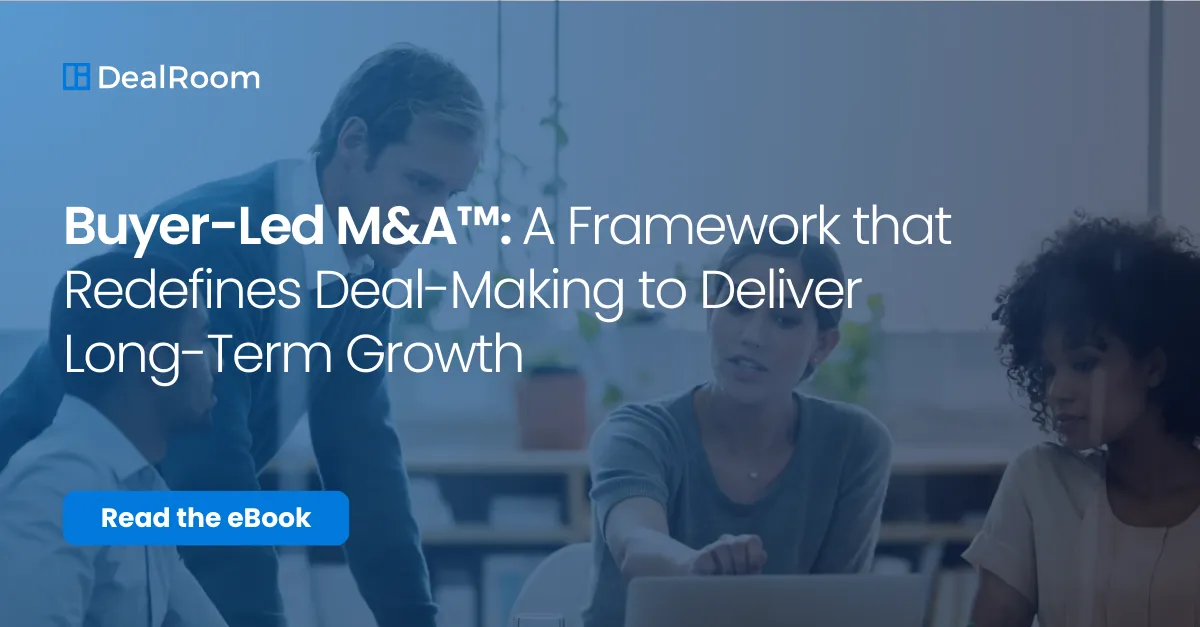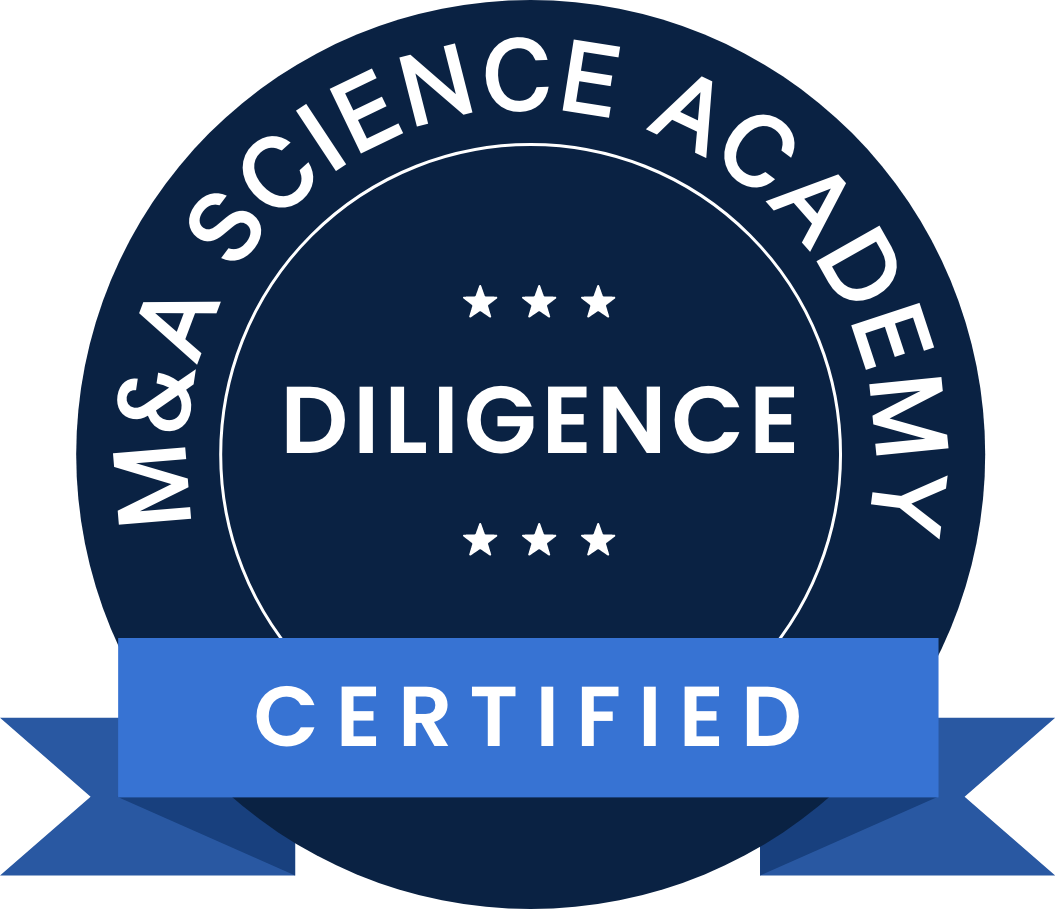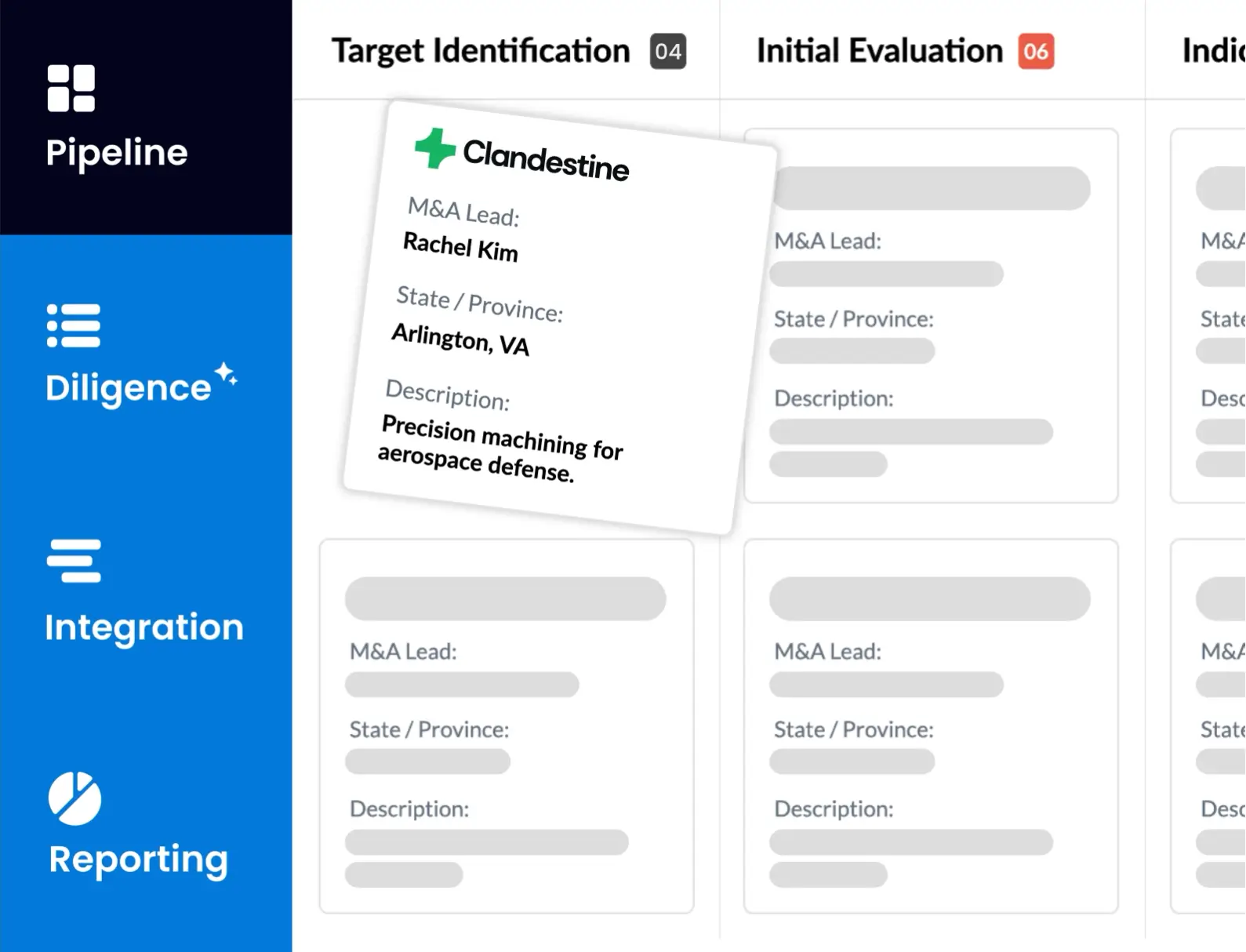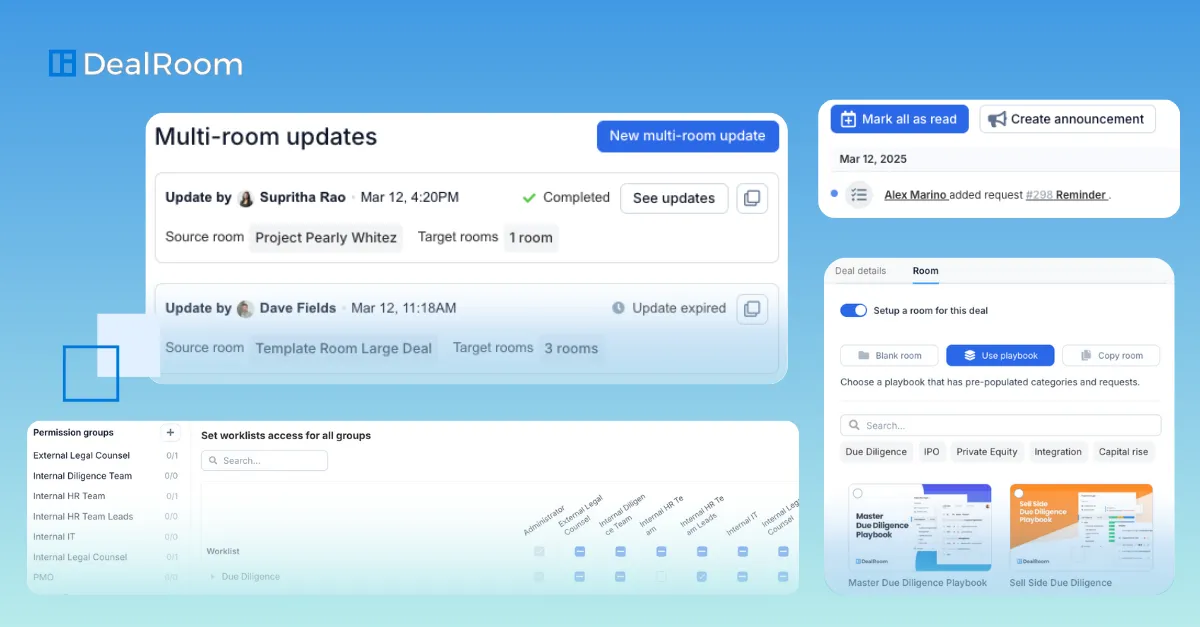When it comes to mergers and acquisitions (M&A), the traditional approach often follows a well-trodden path where the seller holds the reins, and buyers are left responding to tight timelines and price-driven negotiations. But is that really the best way to drive long-term success?
The answer for many buyers is “no.” M&A isn’t just about sealing the deal - it’s about ensuring the acquisition strengthens the company’s future, aligns with strategic goals, and creates lasting value. This is where Buyer-Led M&A™ makes its mark.
Buyer-Led M&A™ is a proactive framework that empowers buyers to lead every stage of the deal, from identifying opportunities to post-close integration. Instead of being reactive, buyers take charge with purpose, strategy, and clarity. Here’s a closer look at the five foundational pillars that build the Buyer-Led M&A™ framework—and why they matter.
1. Never M&A on Impulse: Lead with Purpose
Imagine being tempted to pursue an acquisition because the opportunity seems “too good to pass up.” Without a clear rationale, this mindset often leads to deals that look promising but fall apart post-close due to a lack of alignment.
In Buyer-Led M&A™, impulse is replaced by intentionality. This pillar emphasizes asking the right questions before moving forward-
Key Questions to Ask:
- Strategic alignment: Does the acquisition support your long-term growth goals?
- Value creation: What does success look like beyond the initial deal?
- Cultural fit: How well will the acquired team and operations integrate?
Taking time to evaluate these factors upfront reduces the likelihood of surprises and costly missteps.
Key Insight: Strong foundations aren’t built on excitement—they’re built on clear, deliberate choices that pave the way for long-term gains.
Listen to Kison Patel, Founder & CEO at DealRoom and M&A Science explain more about the Pillar 1: Never M&A on Impulse
2. Unified Processes, Tools, and Data: Create One Source of Truth
Disjointed systems and scattered communication channels can make even a well-planned acquisition feel chaotic. Imagine teams juggling spreadsheets, email threads, and outdated reports—it’s a recipe for disaster.
This pillar focuses on centralizing everything in one place, ensuring the M&A process runs smoothly from start to finish. Here’s how it works:
- Single platform for all information: A central hub where diligence reports, integration plans, and updates are stored and accessible.
- Cross-team collaboration: Everyone—from legal to finance to marketing to HR—works with real-time data, not outdated files.
- Smarter insights through technology: Leveraging tools that surface trends and risks early.
By having unified tools and data, teams can make informed decisions faster and avoid costly delays.
Key Insight: When teams have visibility and access to the same information, they collaborate better, avoid redundant work, and achieve results with less friction.

3. Synchronized Diligence and Integration: Eliminate the Disconnect
One of the biggest pitfalls in M&A is treating diligence and integration as separate processes. In many cases, integration plans are drafted after the deal closes, leading to gaps in communication and overlooked priorities.
In Buyer-Led M&A™, diligence, and integration are synchronized from the beginning:
- Early collaboration: Integration teams participate in diligence discussions to identify potential risks and opportunities.
- Continuous updates: Findings from diligence directly inform integration strategies in real-time.
- Shared accountability: Both diligence and integration teams work toward shared milestones to ensure alignment.
By syncing these phases, buyers reduce the need for rework and ensure that post-close activities run smoothly.
Key Insight: Integration starts long before the deal closes. Aligning early ensures a seamless transition that unlocks value faster.
4. Built for Scalability: Handle Multiple Deals Without Chaos
Scaling an M&A strategy can be a game-changer—but without the right framework, it can overwhelm your team. Buyer-Led M&A™ prioritizes scalable processes that grow with your goals:
- Repeatable playbooks: Document and refine processes with every deal.
- Adaptive team structures: Allocate resources flexibly based on the complexity of each deal.
- Efficient resource management: Prevent burnout by balancing workloads and automating routine tasks.
With scalable workflows, companies can manage multiple acquisitions at once without sacrificing quality or speed.
Key Insight: Sustainable growth isn’t about pushing harder—it’s about building smarter ways to manage complexity and stay ahead.
5. Win-Win Approach: Prioritize People, Not Just Numbers
M&A is more than a financial transaction—it’s a human process. When people feel left out or uncertain, morale drops and key talent may walk away, taking valuable expertise with them.
The Win-Win Approach ensures that both sides—buyer and seller—feel heard and supported:
- Transparent communication: Share the vision and rationale for the acquisition to build trust.
- Retention and growth plans: Create clear roles and paths for key employees in the acquired company.
- Cultural integration: Invest in understanding the acquired company’s culture and finding common ground.
Successful deals aren’t just about financials—they’re about creating partnerships that last.
Key Insight: When people feel valued and included, integrations succeed, and the combined entity thrives.
Why Buyer-Led M&A™ Works
Companies like Cadence Education have demonstrated the power of Buyer-Led M&A in action. By prioritizing unified workflows, early integration alignment, and cultural fit, they transformed their M&A process, leading to faster closings, smoother transitions, and sustainable growth. Curious to learn more about their journey? Read the full case study here.
With a buyer-led approach, DealRoom keeps our acquisitions organized and on track—even when managing multiple transactions. It’s given us the structure to guide the M&A process effectively, align with our long-term goals, and create real value, all while making integration smoother for every team involved.
- Allison D'Agostino, Director of M&A, Cadence Education
Your Next Step: Take Charge of Your M&A Process
The traditional M&A model often leaves buyers reacting to seller-driven timelines and piecing together post-close plans. Buyer-Led M&A™ shifts the focus to strategy, collaboration, and proactive leadership.
Ready to transform how you approach acquisitions? Lead with intention, create lasting value, and build a process designed for success.
Explore the Buyer-Led M&A™ framework: Learn More



.webp)















.jpg)



.webp)
.webp)
.webp)






.png)
.png)
.png)
.svg)

.svg)
.png)

